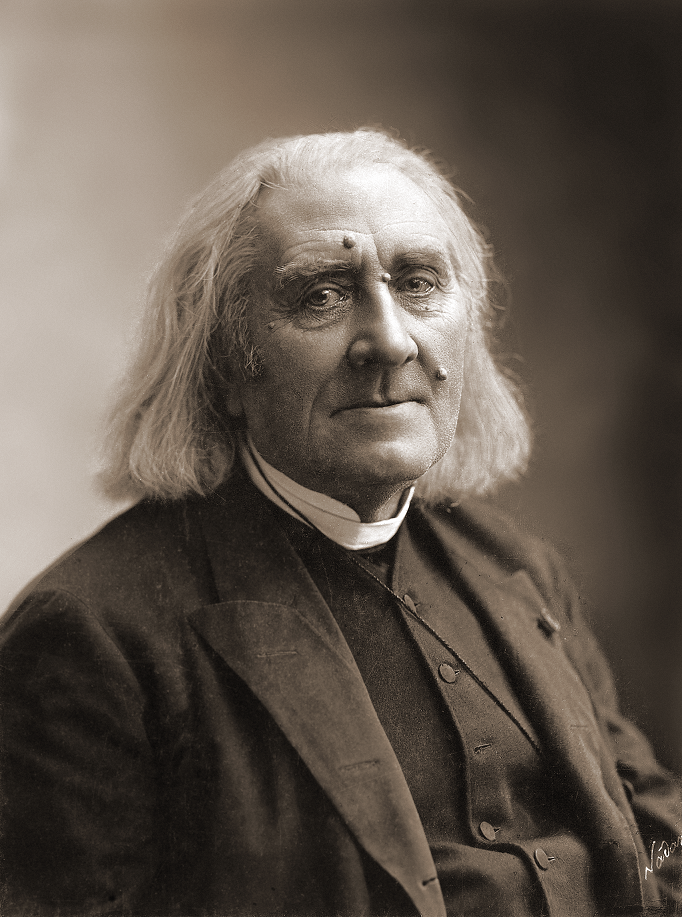
Franz Liszt (1811 – 1886) was a creative Hungarian composer as well as a conductor, virtuoso pianist, music teacher, organist, author, music arranger, and philanthropist. Liszt was popularly renowned during the early nineteenth century in Europe as an extraordinary virtuoso pianist. In addition, he was a music promoter who acted as friend and benefactor to many other composers of that same time, such as Frederic Chopin, Robert Schumann, and Richard Wagner, just to name a few, as well as promoting his musical forebears, such as Bach and Beethoven.
DISCLOSURE: This post may contain affiliate links, meaning when you click the links and make a purchase, I receive a commission. As an Amazon Associate I earn from qualifying purchases.
Read also: Beethoven Biography and Mozart Biography
Liszt was one of the most popular composers who represented the New German School. Furthermore, he was considered to have had a unique and diverse talent, which had a profound effect not only on music culture but also on many future music trends and ideas, leaving behind many musical contributions as well.
Liszt was one of the most influential and impressive figures throughout musical history. He was a flamboyant and skilled keyboardist, evoking such frenzied acts during his performances that it was said that women actually threw their undergarments at him. Although there is no written proof that this happened, it is known that Liszt had an immeasurable impact on music and those who listen to music both then and now.
Early Years
Franz Liszt was born in Doborjan, Hungary, which is know known as Raiding, Austria, on October 22, 1811 to Anna and Adam Liszt. Liszt’s father worked as a secretary in the service of Prince Nicholas Esterhazy. In addition, Adam also played many instruments, including cello, violin, guitar, and piano, which he began teaching his son at the age of six due to the fact that he realized his son intently watched his playing. In fact, some were already calling Liszt a prodigy at that age. Adam began teaching his son how to play the piano and by age eight, Liszt was already beginning to compose, albeit in a rudimentary manner.
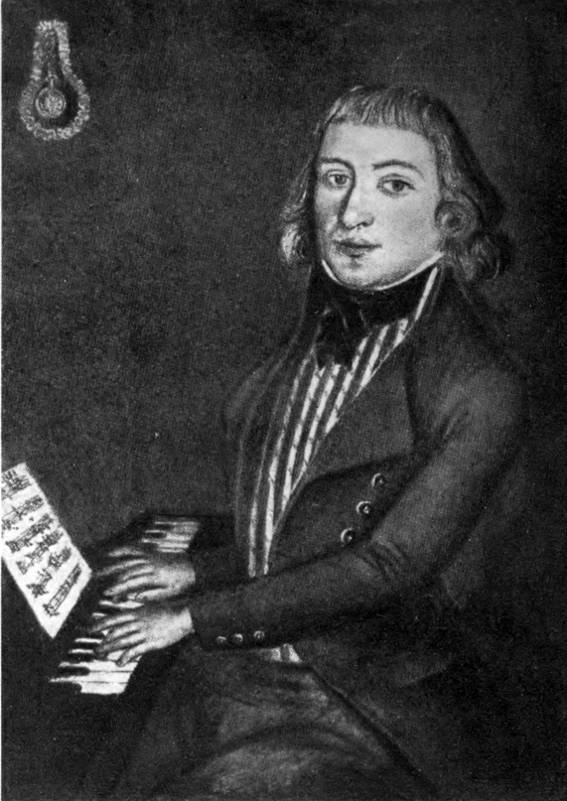
By the time Liszt was nine years old, he had begun appearing in concerts. After one such performance, a group of wealthy benefactors offered to pay for Liszt’s musical education which would take place in Vienna. Asking the Prince for an extended leave, Adam began devoting his time to his son and the enrichment of his musical education. The two moved to Vienna in order to further Liszt’s musical education where he began studying under Carl Czerny, who himself has been a student of both Hummel and Beethoven. In addition, Liszt received lessons in composition from other musicians in the Viennese court as well, such as Ferdinando Paer and the Viennese court music director, Antonio Salieri.
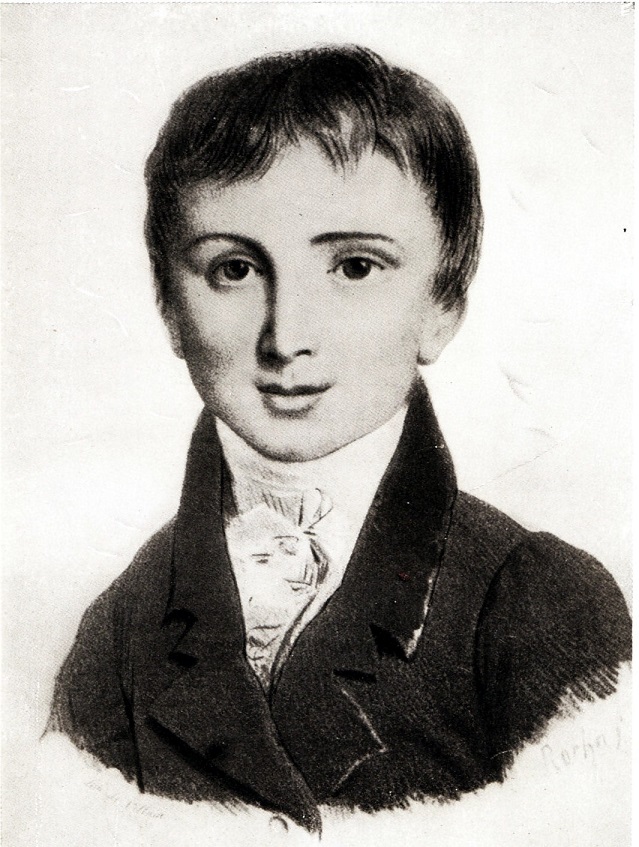
Liszt’s public musical debut, which was in Vienna on December 1, 1822, was met with resounding success, bringing him popularity in Austrian and Hungarian circles as well as allowing him to meet musical greats such as Schubert and Beethoven. Liszt, who was twelve at the time, remembered the meeting with Beethoven fondly, saying that the aging musician kissed him on the forehead.

When Adam’s one-year leave was up in the spring of 1923, he asked Prince Esterhazy for another two years but was denied. Therefore, Liszt’s father quit his position, deeming it more important to continue with his son’s musical advancement. After a short trip to Hungary for the last time, the Liszt family ended up back in Vienna by May 1823. It was also around this time that Liszt wrote his first published composition which was a variation on the waltz which was commissioned by Anton Diabelli, which included fifty variations altogether by fifty different composers. Liszt was the only child composer invited to participate; this was more than likely due to his teacher, Czerny, also being a participant.
Life In Paris
Adam Liszt suddenly died in 1827, after which Liszt moved to Paris. After his father’s death, which young fifteen-year-old Liszt took very hard, he moved into a small apartment with his mother and giving up touring. Instead, in order to make money, he gave piano lessons. At times he gave lessons in composition and at other times he was playing from morning until late night. During this time, he not only kept uncertain hours but also picked up drinking and smoking, all of which habits he would end up keeping his entire life.
As time went on, he actually began losing all interest in music; he even questioned music as his profession. He went almost four years without setting foot on a stage and instead, began what some may look at as an unhealthy addiction to reading. He mostly read books about art and religion, but what he did read later influenced his musical works.
It was also around this time that Liszt fell in love with one of his students, Caroline de Saint-Cricq, daughter of Pierre de Saint-Cricq, who was Charles X’s minister of commerce. Her father, however, did not approve and insisted that the affair come to an end immediately. Right after, Liszt became very ill; so ill, in fact, that his obituary had been written up in the local Paris newspaper. In addition, he had long bouts where he questioned religion, feeling pessimistic and doubtful, and wanting to join the Church. However, his mother continually talked him out of it.
Finally, the French ‘’July Revolution’’ and the dramatic events of 1830 which led to the overthrow of King Charles X, unfolded right before Liszt’s eyes, rousing him from the deep depression which he’d been in since the death of his father. In fact, later Liszt’s mother admitted that it seemed as if the cannons had cured her son. Liszt soon afterward rejoined a Parisian life of music. He began performing again and became acquainted with other composers such as Frederic Chopin and Hector Berlioz. All of this had a lasting effect on Liszt and his later works and style of performance.

Liszt attended a philanthropic concert given to benefit the cholera victims in Paris on April 20, 1832, which was organized by violinist Niccolo Paganini. After the concert, Liszt was so impressed by Paganini’s talent on the violin that he decided he wanted to become as great a virtuoso on the piano. There were dozens of popular pianists in Paris at the time dedicated to perfecting the art of piano playing and techniques which led to the general level of playing to arise to unimaginable heights. Liszt’s ability and strength, however, allowed him to stand out as a master of all aspects of piano techniques cultivated by his rivals.
1833 to 1839
In 1833, Liszt transcribed many of Berlioz’s works, chiefly to help Berlioz who was poor. At the time, this symphony had remained anonymous as well as not being published. Liszt used his own funds to publish the transcription, playing the composition many times in order to popularize the original music score. In addition, he was forming a lasting friendship with Chopin, who he influenced with his romantic and poetic side.
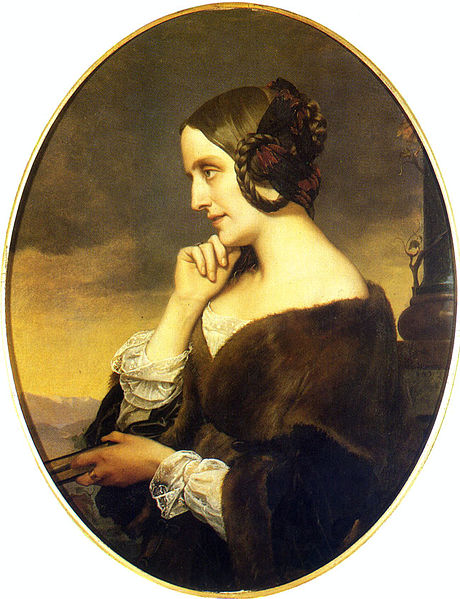
In that same year, Liszt also began a relationship with a married woman, Countess Marie d’Agoult, who became his companion for twelve years. The Countess ended up leaving her husband and family in 1835, joining Liszt in Geneva. The couple had their first daughter on December 18, Blandine, who was born in Geneva that same year. Liszt did a number of things while in Geneva; he was a teacher at the Geneva Conservatory, he wrote a piano technique manual, and he even contributed essays to the musical gazette in which he argued that artists should be raised in the station from that of a lowly servant to one of respect.
Eluding scandal, the couple didn’t remain in Paris, but instead, they traveled throughout France, Italy, and Switzerland, mostly living in the latter two. Born in Como, they had another daughter, Cosima, then on May 9, 1839, Daniel, who was to be their only son, was born. However, by this time, the relationship between Liszt and the Countess was strained. Liszt heard about plans for a monument for Beethoven being in hazard of collapsing due to lack of money and promised to help with his support. This meant he had to return to his life as a piano virtuoso. The Countess left, going back to Paris with their three children. Liszt performed many concerts in Vienna and then Hungary.
Touring And Philanthropy
Liszt continued touring Europe for the following eight years, although he spent the summers with his children and the countess in 1841 and again two years later in 1843. However, in the following year of 1844, he and the countess separated for good.
As a concert pianist, this period of time was Liszt’s most exceptional season. He was showered with honors and was met with adoration and commendation everywhere he went. In fact, he often played several times a week during this eight-year period and it’s assumed that he probably appeared in concert hundreds and hundreds of times, probably over a thousand. His fame as a pianist was in most part based on his achievements of this time period, but he enjoyed this acclaim well after retirement.
During this time, he was thought of as quite handsome, described as being slim, with a pale face and long, dark hair, presumably seen as very handsome by most. It was said that his showmanship was extremely powerful, which was made even more so by his physical appearance.
In 1841 he gained admittance to the Freemason’s Lodge in Frankfurt. He was quickly promoted to the next level and elected as master of the lodge in Berlin. He was also an honorific member of the lodge in Zurich as well as the lodge in Pest.
It was claimed in 1842 that Lisztomania swept across Europe. The term was coined by a friend of Liszt and German poet, Heinrich Heine. It was quite true, however, as Liszt was met by hysterical receptions from women who literally exchanged blows over his handkerchiefs and gloves, ripping them to shreds in order to keep a piece as a souvenir. The hysterical nature of his fans was in part due to his dark, good looks as well as his bigger-than-life stage presence and mesmerizing personality. Some even declared that his playing elevated the audiences’ mood to levels of pure ecstasy. In fact, his concerts were said to evoke such emotion that women were known to throw their underwear at him!
What also added to his growing reputation was the genuineness with which he gave away a large portion of his earnings to humanitarian causes and charities. In fact, by 1847, he was already so rich, that just about the entire amount of monies made from performing from there on out went to charities. He helped fund the Beethoven monument in addition to giving money to the music school in Hungary. He also gave liberally to many other building and construction funds, including hospitals and schools as well as churches and charitable organizations for musicians. After Hamburg’s Great Fire, Liszt performed concerts for the sole purpose of raising money for the hundreds and hundreds of citizens who were left homeless after the three days of raging fires.
The Polish Princess And Weimar
Liszt played in Kiev in the second month of the year 1847 where he met Carolyne zu Sayn-Wittgenstein, a Polish Princess, who actually ended up being a huge influence on the rest of Liszt’s life. Convincing him to give up being a traveling virtuoso, she persuaded him to instead concentrate on composition. He gave a final tour, traveling to Russia, Turkey, and the Balkans and his last concert were held in September of that same year at Yelisavetgrad for pay.
Because Liszt retired at the height of his virtuoso career, he succeeded in keeping the legend he’d created unblemished. He spent that winter with the princess in Woronince at her estate. The next year, Liszt settled at Weimar, taking up a long-established invitation which had been presented to him by Maria Pavlovna, a Grand Duchess from Russia. It was there in 1842 that he had been selected as Kapellmeister Extraordinaire and he remained so until years later in 1861. He conducting court concerts during this time period, some of which were shown in the theatre instead of on special occasions.
Liszt also gave piano lessons to a number of students, one of which was Hans von Bulow, who was not only a distinguished virtuoso himself, but he also ended up marrying Cosima, Liszt’s daughter in 1857. However, the marriage didn’t last; Cosima married Richard Wagner some years later.
In addition to giving lessons to pianists, Liszt also wrote several articles which emphasized his support of both Berlioz and Wagner. Furthermore, Liszt ultimately had plenty of time for composing, working the next twelve years revising and/or producing his orchestral works as well as choral pieces of which the composer’s reputation mainly relied upon.
During these same twelve years, Liszt also worked on raising public awareness as well as the personal profile of Wagner, who was exiled at the time. Liszt aided Wagner’s plight by conducting his opera’s overtures in concert. Wagner and Liszt formed such a close bond of friendship that it lasted until Wagner’s death in 1883. Wagner held Liszt in the absolute highest esteem. He was often overheard to ask at random if anyone knew of a musician who was more musical than Liszt. He was also known to have stated that he felt his own musical talent was contemptible, but that Liszt was simply the greatest musician ever to exist.
During this time Princess Carolyne lived in Weimar with Liszt. She really wanted to get married to him, but due to the fact that she had a previous marriage and her husband was still living, the Roman Catholic authorities had to be convinced of the invalidity of the marriage in order for her and Liszt to be allowed to marry. After monstrous efforts which included a long, drawn-out process, the princess succeeded in receiving what turned out to be a temporary approval. A wedding was planned for Liszt’s fiftieth birthday on October 22, 1861 in Rome. Unfortunately, the wedding was thwarted from going forward just the day before. Apparently, the Tsar of Russia, along with the Duchess’ husband, managed to somehow reverse the Vatican’s decision to grant permission. In addition, to prevent her from marrying later in life, the Russian government took control of several of her estates as well.
The Symphonic Poem
Liszt’s greatest achievement during this time would seem to be the creation of what is now referred to as the symphonic poem, which is a piece of orchestral music that evokes or illustrates a poem, painting, story, or other non-musical media. The symphonic poem is somewhat related to opera, although it isn’t sung. However, it does bring music and drama together. Liszt organized musical works which went beyond the traditional sonata form.
He wanted to revitalize this form, which had been relied upon by composers for centuries and so he, therefore, created a new era of musical expression. These new musical works, although loosely based on the sonata, were highly developed and more complex. These newest works of Liszt were inspirations to new pupils, eager to seek his guidance.
Another achievement that can be dated to this time was his development of highly demonstrative gestures with which he used to communicate his intent more clearly with the orchestra he was directing. The Weimar orchestra allowed Liszt to further hone not only his conducting skills but also the gestures with which he used to communicate with the musicians in the orchestra. Liszt didn’t like using a mechanical approach to conducting and the system he subsequently developed was adopted by other conductors and, in fact, is still used today.
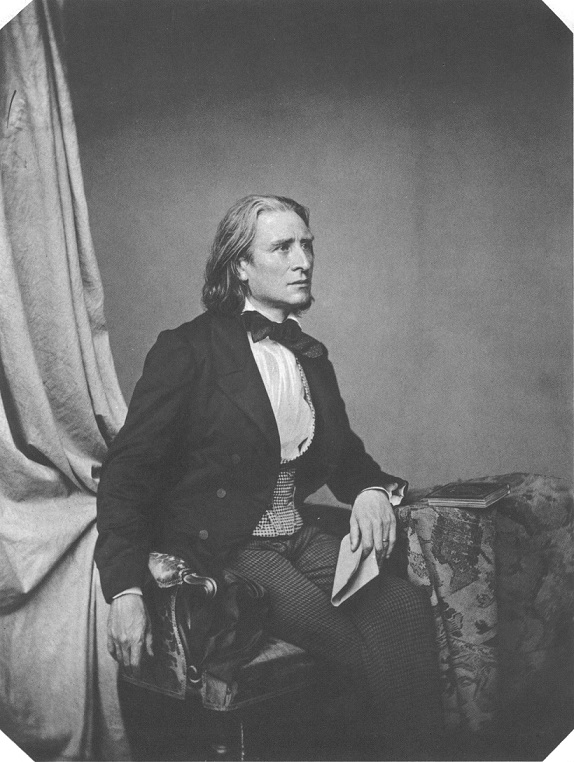
Liszt’s achievement was actually a groundbreaking contribution for conductors and orchestras alike. However, this accomplishment is often overshadowing by his notoriety as a composer as well as a pianist. In fact, some believe if Liszt had remained at Weimar, he would most likely have been remembered as the father of modern conducting.
Period Of Great Sadness
Liszt resigned from his post after ten years of being in employed by Weimar’s Court. Apparently, he was frustrated by his benefactor, Carl Alexander, and his seeming lack of financial support. However, it was reported by some that Alexander was rather generous and that Liszt’s demands were just exceedingly excessive, eventually wearing on the Royal Purse.
As it were, the 1860s weren’t very kind to Liszt. He actually went through a period of great sadness in his private life which seemingly all began in the last of 1859. On December 13 Liszt lost his son Daniel who was only twenty years old at the time. Liszt finally left Weimar in 1861, joining Carolyne in Rome, where she had moved in order to further pursue her petition for annulment of her previous marriage in order for her and Liszt to marry. Her efforts would eventually fail, but Liszt being involved in the musical circles of Rome, along with making friends with Pope Pius IX, ended up being extremely beneficial to both his career and personal life.
Unfortunately, he also lost his daughter Blandine when she was just twenty-six, not even three years after losing his son in 1862. Liszt sent letters to friends stating that he had decided to live a solitary life, retreating to a monastery just outside of Rome. Perhaps, in part due to the loss of his children and in part inspired by his Vatican association, he ended up moving into a small, frugal apartment located inside a monastery on June 20, 1863. He had actually joined the Third Order of Saint Francis earlier, back in 1857.
Liszt received the tonsure, which is the act of shaving the head for a religious practice, such as entering a monastic order or priesthood, on April 25, 1865. Then, on July 31, 1865, he received acolyte, exorcist, lector, and porter, the four minor orders. Although he never became an ordained priest, he most definitely found peace and spiritual solace in the teachings of the Church. He actually was invested as abbot and was often referred to as Abbe Liszt. Furthermore, he was made an honorary canon years later on August 14, 1879 in Albany. After his investiture, he began wearing the Franciscan order’s habit, which he ended up wearing the rest of his life.
Rome’s Musical Life
There were special occasions when Liszt would take part in Rome’s musical life. He conducted a program of sacred music at a concert given at Palazzo Altieri on March 26, 1893. In addition to two of his own works, one of which was from his Christus-Oratorio, he also performed works by Beethoven, JS Bach, Mendelssohn, Jommelli, and Palestrina. Liszt later directed another work from Christus-Oratorio on January 4, 1866 and then his Dante Symphony on February 26 of the same year. There were a few other occasions where he performed as well, after all, just the fact that he was staying in Rome brought with it certain expectations of him.
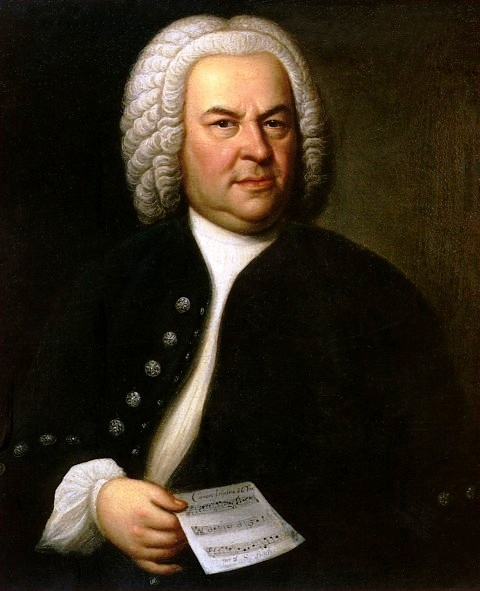
Liszt composed a Hungarian coronation ceremony in 1866 for Elisabeth of Bavaria and Franz Joseph. The Mass was performed in a six-section form on June 8, 1867 in the Matthias Church at the coronation ceremony. The Offertory was then added after that initial performance and the Gradual was added two years after that.
In 1869, Liszt was invited back to Weimar. The request was for him to provide classes in piano playing at a master level. He was invited to do the same in Budapest two years later. From this time forward, until his death, he continually made regular trips back and forth between Weimar, Rome, and Budapest. He referred to this as his threefold existence. It’s actually quite impressive, considering his age and the state of transportation at the time, but Liszt traveled an estimated four thousand miles a year during this time.
Liszt’s Threefold Existence
When Liszt was visiting Hungary in 1870, returning to Rome at that time was impossible as the country was besieged with armies of Victor Emmanuel in an effort to unify the Italian states. Even Pope Pius IX was forced to seek safety inside the walls of the Vatican. Since returning to Rome was not an option, Liszt remained in Hungary.
The Hungarian Prime Minister (PM) had been attempting to obtain Liszt a court position ever since the early 1860s and since Liszt was currently residing in Hungary, PM Gyula Andrassy decided to try once more with an offer too sweet to turn down. Although the offer requested Liszt to permanently settle in Budapest, it also offered a large salary, ranked as the Crown Councillor, and the privilege of directing the National Theater’s orchestra in addition to other musical institutions as well.
In 1872, a plan to build the Hungarian Royal Academy was decided upon by Parliament. Liszt was not only nominated but also appointed as president in March 1875 and the Academy officially opened later that same year in November. Liszt arrived in March of 1876, performing a charity auction as well as giving lessons. Liszt undertook the development of the school’s curriculum, holding them to the higher standard of excellence. As a result of the quality musical instruction, by the 1900s, the Academy had already turned out three of Hungary’s best composers, Dohnanyi, Kodaly, and Bartok. The Academy has since been renamed to the Franz Liszt Academy of Music.
Unfortunately, despite the conditions of his position, Liszt didn’t settle permanently in Hungary, neither did he direct the National Theatre orchestra. In fact, he generally wouldn’t even arrive in Budapest until halfway through winter. After having his students performed a couple of concerts, he’d leave by the first of spring, never taking part in final evaluations which were supposed to be held in summer. However, some of his students followed him to Weimar where they joined his summer lessons.
For the better part of Liszt’s last years, he spent them in almost constant travel. He went to Budapest for overseeing the Academy of Music. He went to Weimar in order to keep the Grand Duke happy, as he wanted to lure him to the royal court. In addition, Liszt also traveled to Rome where Carolyne still lived. Occasionally he would visit Vienna. In each city, adoring students would gather for large group lessons, Liszt being the first to use this concept of instruction, later referred to as the master class. Even though he didn’t really have an interest in teaching for teaching’s sake, his method of simple demonstrations proved to be an eminent success. In fact, Liszt’s interpretations of some works established the way these works are still performed to this day.
As Liszt was always so generous, he didn’t charge any of his students any type of fees for his instruction. In addition, he declared any student who had taken part in one or more lessons privately as his student, therefore forfeited their need to pay any amount of money to the Academy. However, by ministerial order, any musicians who took part in Liszt’s lessons were responsible to the school for a small fee beginning February 13, 1884. Liszt didn’t ask for any type of remuneration except for quarters in which to live. Any fees collected from his concerts were donated to charitable causes, in spite of how precarious his financial situation seemed to be. In addition, on Liszt’s fiftieth anniversary of his becoming a performing artist the city of Budapest set up the Franz Liszt Foundation in order to provide an allocation for each of the three top Academy students, showing excellent abilities as far as Hungarian music was concerned. Liszt had full disclosure on the allocations were distributed.
Liszt’s Last Years
It seems that in Liszt’s later years, he began suffering from depression as well as deteriorating health. As a result, his music began reflecting his feelings, becoming darker and freer. In addition, his music even had a resemblance to Beethoven’s own later years in that it ambiguously use harmony in a non-traditional sense.
On July 2, 1881, Liszt took a tumble down the stairs at a Weimar hotel. He had actually been in great health up until that point, still fit and obviously very active, traveling from city to city as he was. However, friends and colleagues had made notice of his feet and legs swelling the previous month when he had first arrived in Weimar. Some believe this was an early indication of probable congestive heart failure. The fall left him immobilized for over eight weeks and he really just never fully recovered as a result.
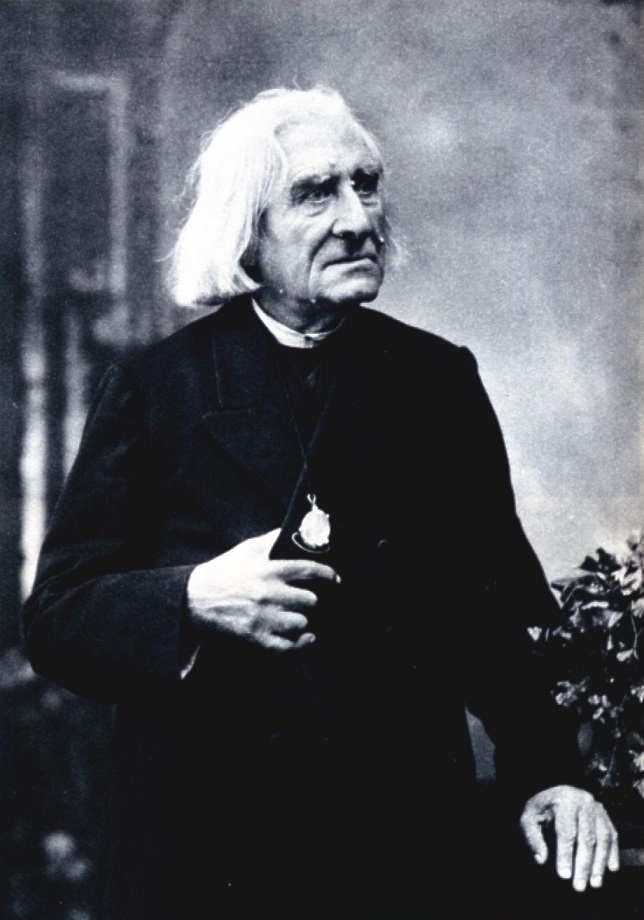
A number of ailments seemed to have assaulted Liszt then, such as asthma, a left eye cataract, insomnia, heart disease, and dropsy, or edema as it’s now called. As his body began to fail him, he also becomes preoccupied with death. He began having more and more feelings of despair and desolation, all of which was expressed in works. He even admitted that he carried a deep sadness in his heart which needed to break out in sound ever now and then.
Liszt met Claude Debussy, along with Victor Herbert and Paul Vidal, in Rome on January 13, 1886 at the Villa Medici. Liszt played for Debussy as well as for the other two musicians. Debussy later described the way Liszt used the pedals akin to ‘’a form of breathing.’’ In addition, Debussy and Vidal performed for Liszt as well, their own piano arrangement of his Faust Symphony, but it was said that he actually fell asleep during their performance. Of course, he was old and ailing, and although they didn’t know it at the time, months away from dying.
An old friend of Liszt’s, composer Camille Saint-Saens, dedicated his ‘’Organ Symphony’’ to Liszt who had once referred to Saint-Saens as the world’s best organist. The symphony premiered just a few weeks before Liszt’s death in London. Whether Liszt knew of the dedication and whether or not he ever got to here the symphony is not known.
Franz Liszt died on July 31, 1886. He was in Bayreuth, Germany to attend the festival named after the city which his daughter Cosima was hosting. Liszt was seventy-four. The official cause of death was pneumonia, presumably contacted during the festival. However, it is also thought that he had congenital heart disease as well. Furthermore, accusations also arose blaming medical malpractice was at least partly to blame for his death. Liszt was buried in Bayreuth in the municipal cemetery there on August 3, 1886. Liszt did not want to be buried there, but there he was buried against his wishes.
Final Summary
Franz Liszt is considered by many to have been the best pianist who ever played. Even if he wasn’t the most transcendent, his audience certainly thought he was. Many have been quoted as saying that he was the greatest pianist to have ever lived. Liszt was obviously a natural and he played with feeling. In fact, the press mocked him at times, poking fun at his gestures and facial expressions. More often the reviews of his concerts spoke of the brilliance, precision, and strength of his playing. Additionally, it was also often mentioned that he had an uncanny ability for keeping absolute tempo, a fact that is generally attributed to the fact that his father made him practice with a metronome as a child.
Liszt was most definitely one of the foremost pianist and composer of his time, bringing a Romantic tradition to Western music. He influenced the course of not only the musical expression of the nineteenth century but also of the present day. He inspired composers with his imaginative approach to not just musical form, but also to harmony and structure, influencing them to explore new paths that he had forged ahead. As a pianist, he used such technical innovations which enlarged the instrument’s expressive range.
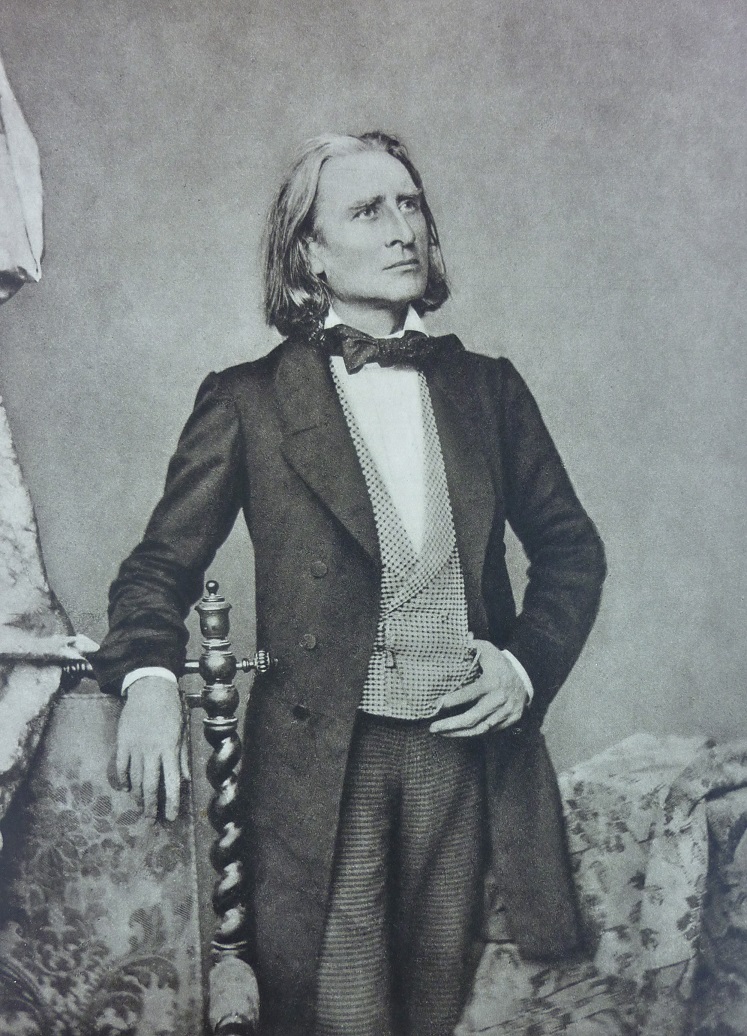
Liszt was absolutely devoted to both the progress and the promulgation of music, old and new. He raised awareness of musical geniuses who came before him, such as Bach and Beethoven, as well as introducing his contemporaries, who he felt deserved recognition as well, such as Wagner and Berlioz.
Liszt most definitely had a larger-than-life personality which went along with his charm and talent. Indeed, his good looks and charisma played a part in his popularity as well. After all, he did have his fair share of scandalous love affairs and amorous adventures. That part of his life seems at odds with the part in which he decided to take a completely different road, seeking the solace of the holy order, living in a monastery, and becoming known as Abbe Liszt. However, he may have just had a change of heart and mind later in life, perhaps wanting to prepare for death and beyond before it was too late. Perhaps it was the death of his children which changed him, for that surely can change a parent.
After all these years, Liszt and his musical abilities now have the clarity of perspective, allowing an objective assessment of the extent of his contributions and influences to the development of music. Liszt was a musical phenomenon, both in playing and directing. He made many contributions to the world of music. In addition, Liszt was not one of those who thought just because he was talented that he was above others. On the contrary, he was very generous and gave his money away countless times, coming to the aid of those in need time and again. He was seriously invested in advancing music and teaching others as well. He was definitely a character, too. After all, he had women in 1800s throwing their underclothes at him! He was a pianist and a composer, a teacher and a conductor, a writer and administrator, a philanthropist and inventor, a lover and a friend.
